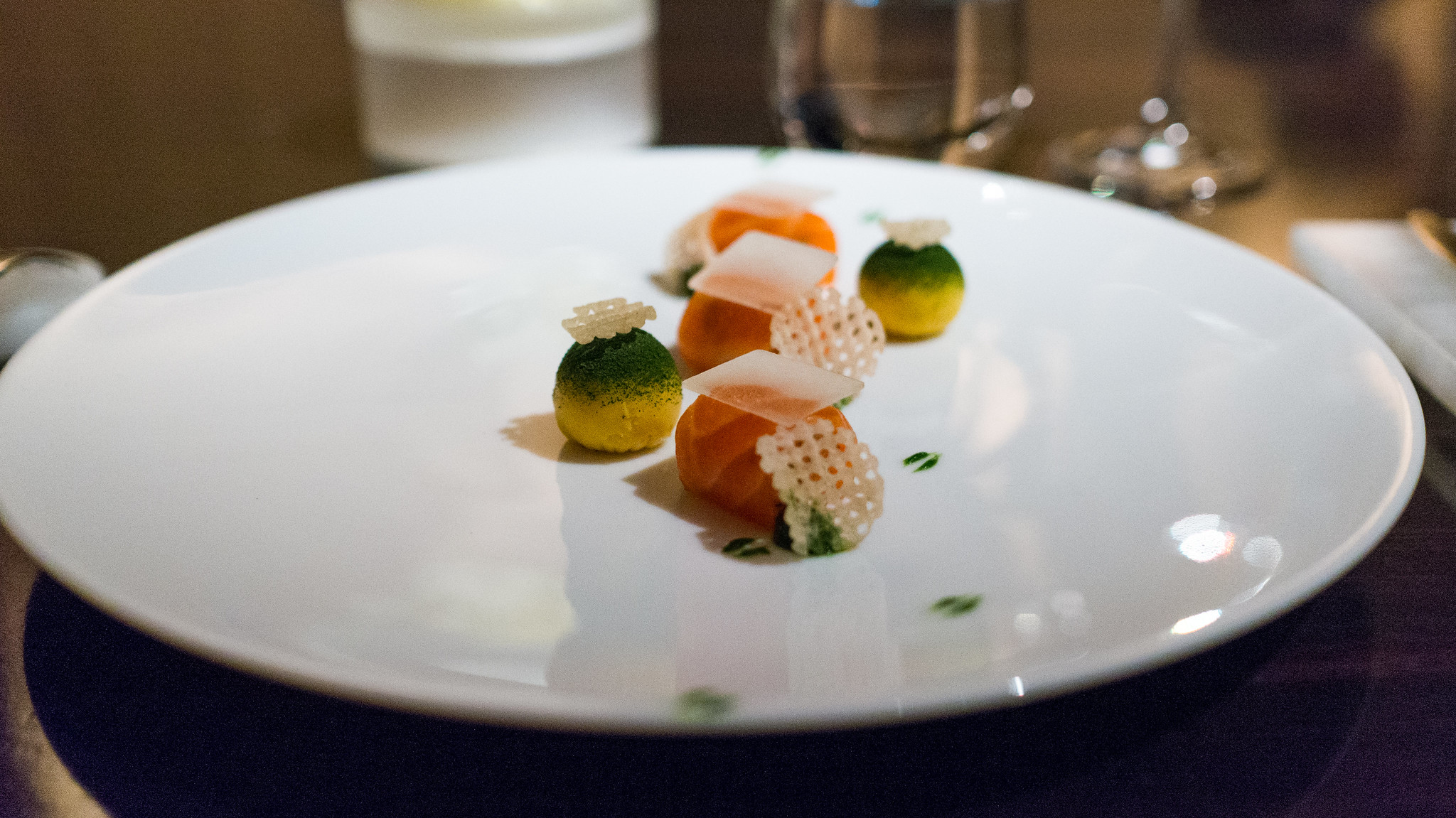Almost exactly five years ago was one of the first times I broke out a camera for a food event. The occasion was the inaugural "P.I.G." (for "Pork Is Good") party put on by Chef Jeremiah Bullfrog. A couple dozen folks showed up at the Harvey W. Seed American Legion Hall, Jeremiah served up some chicharrones, some smoked pork butt bao buns, a whole pig rolled porchetta style and cooked in a caja china out back, and a bevy of beverages, and everyone was greasy and happy.
Jeremiah's done it every year since, and every year it's grown. Last year, P.I.G. #4 was more of a collective effort, with several other local chefs chipping in on this ode to all things porcine. A couple weekends ago, P.I.G. #5 saw many of the same faces and some new ones too: Kyle Foster (formerly the sous chef at the late, lamented Talula), Conor Hanlon and Josh Gripper (The Dutch), James Strine (Café Boulud), Brad Kilgore (soon-to-open Alter, until recently at J&G Grill), Todd Erickson (Haven and HuaHua's Taqueria), Jamie DeRosa (Tongue & Cheek), Michael Pirolo (Macchialina), William Crandall (Azul), Giorgio Rapicavoli (Eating House), Brian Mullins (Ms. Cheezious), Steve Santana (Taquiza), Kris Wessel (Oolite), and Giselle Pinto (Sugar Yummy Mama).
(You can see all my pictures in this P.I.G. #5 flickr set).
Man, do I miss Kyle. In the last couple years before Talula closed, he was often the mastermind of some great offal-centric appetizers and charcuterie items on the menu. He moved along to Denver and is doing just fine without me: he's now the sous at a place called Colt & Gray, is still doing the offal and cured meats routine, and recently got engaged (his fiancée came down to Miami with him to work the event). His charcuterie game is still very strong, and he brought a bunch of it: pork heart salami, finnochiona, jambon persille, ciccioli, and another salami he called the "Forest Moon of Endor," among others.
(continued ...)


